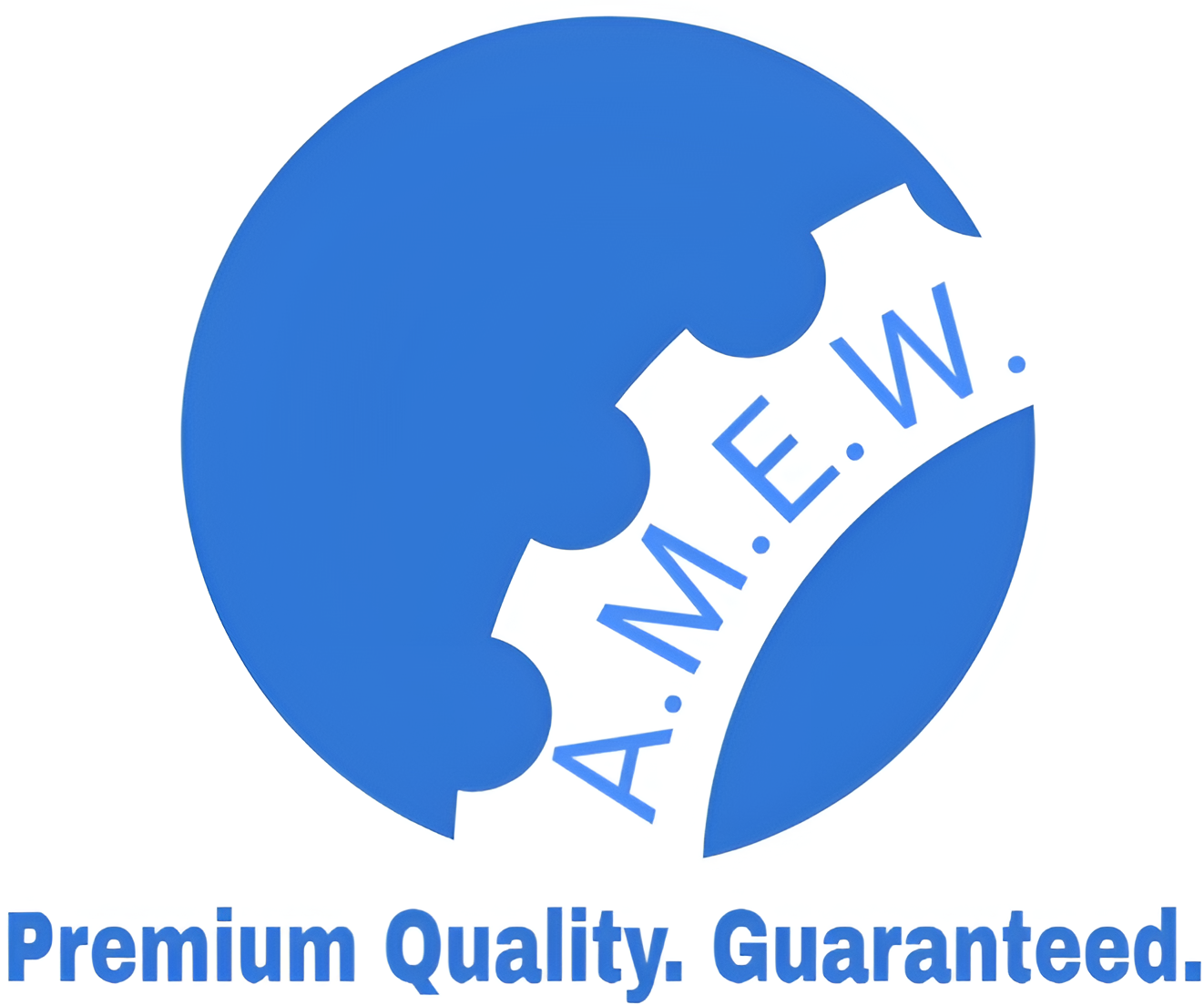Offshore Steel Grades: Overview
Offshore steel grades are specifically designed to withstand the harsh environmental conditions encountered in marine and offshore structures, such as oil platforms, wind turbines, and shipbuilding. These grades are engineered to offer high strength, excellent toughness, corrosion resistance, and weldability, ensuring safety and longevity in environments exposed to water, salt, and fluctuating temperatures.
Due to the critical nature of offshore structures, the materials used must meet stringent standards to resist the forces of waves, currents, and wind, as well as potential impacts. Offshore steel grades are regulated by classifications such as ASTM, API, BS EN, and offshore standards like DNV (Det Norske Veritas) and ABS (American Bureau of Shipping).
Common Offshore Steel Grades
| Grade | Standard | Tensile Strength (MPa) | Yield Strength (MPa) | Applications |
|---|---|---|---|---|
| S355G10+M/N | EN 10225 | 470-630 | 355 | Offshore platforms, jackets, subsea structures |
| S460G2+M/N | EN 10225 | 550-720 | 460 | Offshore platforms, wind turbine structures |
| API 2H Grade 50 | API | 485-620 | 345 | Offshore platforms, structural components |
| API 2W Grade 50 | API | 485-620 | 345 | Jackets, pile sleeves, subsea equipment |
| ABS AH36/DH36/EH36 | ABS (American Bureau of Shipping) | 490-620 | 355 | Shipbuilding, offshore vessels, hull structures |
| DNV GL Grade A/B | DNV-GL | 400-520 | 235 | Offshore ships, subsea equipment, wind energy |
| S690QL | EN 10025-6 | 770-940 | 690 | Heavy-duty offshore cranes, load-bearing structures |
| ASTM A131 Grade EH36 | ASTM | 490-620 | 355 | Offshore oil platforms, marine vessels |
| API 5L X65 | API | 535-760 | 450 | Offshore pipelines, risers |
Key Properties of Offshore Steel Grades
- High Strength: Offshore steel grades need to resist high stresses from ocean waves, wind loads, and heavy equipment, providing exceptional tensile and yield strength.
- Toughness at Low Temperatures: These grades exhibit good toughness and impact resistance, even in extremely cold conditions such as the Arctic, ensuring structural integrity.
- Corrosion Resistance: Offshore steels offer good resistance to corrosion from saltwater and moisture, which is critical for maintaining long-term durability in marine environments.
- Weldability: Offshore steels must be highly weldable to ensure ease of fabrication and repair in offshore applications.
- Fatigue Resistance: With the constant motion and cyclic loading of offshore structures, steel grades need to offer excellent fatigue resistance to avoid cracking and failure over time.
Common Applications of Offshore Steel Grades
| Industry | Application Areas | Recommended Offshore Grades |
|---|---|---|
| Offshore Oil & Gas | Offshore platforms, jackets, subsea structures | S355G10+M/N, API 2H Grade 50, API 2W Grade 50 |
| Renewable Energy | Wind turbine structures, foundation monopiles | S460G2+M/N, S355G10+M/N, DNV GL Grade A/B |
| Marine | Ships, tankers, hulls, offshore vessels | ABS AH36/DH36, ASTM A131 Grade EH36 |
| Pipelines | Offshore pipelines, risers | API 5L X65, API 2H Grade 50 |
| Cranes and Heavy Lifting | Offshore cranes, derricks, lifting equipment | S690QL, S460G2+M/N |
| Subsea Equipment | Piles, pile sleeves, and subsea structures | API 2W Grade 50, S355G10+M/N |
Comparison of Offshore Steel Grades
| Property | S355G10+M/N | API 2H Grade 50 | ABS AH36 | API 5L X65 |
|---|---|---|---|---|
| Yield Strength (MPa) | 355 | 345 | 355 | 450 |
| Tensile Strength (MPa) | 470-630 | 485-620 | 490-620 | 535-760 |
| Corrosion Resistance | Good | Excellent | Good | Excellent |
| Weldability | Excellent | Good | Excellent | Good |
| Applications | Jackets, wind turbines | Offshore platforms | Ship hulls, vessels | Pipelines, risers |
Advantages of Offshore Steel Grades
- Enhanced Durability: Offshore steel grades offer high resistance to corrosion, making them durable even in harsh marine environments where seawater exposure is constant.
- Low-Temperature Toughness: Many offshore steels, such as S355G10+M/N, maintain their strength and toughness at very low temperatures, reducing the risk of brittle fractures.
- Long-Term Cost Efficiency: While offshore steels may be more expensive initially, their superior durability and resistance to environmental factors reduce the need for repairs and replacements, making them cost-effective over time.
- Compliance with International Standards: Offshore steel grades are certified by international bodies like DNV, ABS, and API, ensuring that they meet the stringent safety and performance criteria necessary for offshore projects.
Selecting the Right Offshore Steel Grade
Choosing the appropriate offshore steel grade depends on factors like environmental conditions, structural load, fabrication requirements, and application. For offshore platforms and subsea structures, S355G10+M/N and API 2H Grade 50 are common choices due to their strength and toughness. In wind energy and renewable applications, higher grades such as S460G2+M/N are preferred for their enhanced strength and fatigue resistance.
Showing all 8 results
-

450 EM / S460G1 – Offshore – Energy Steel Plate
Read more -

S355EMZ – Offshore Steel Plate
Read more -
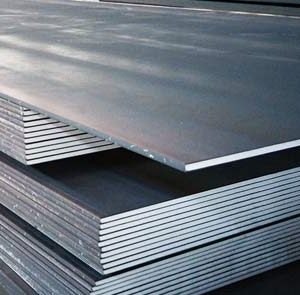
S355G10 / S355MLO / S355NLO – Offshore Steel Plate
Read more -
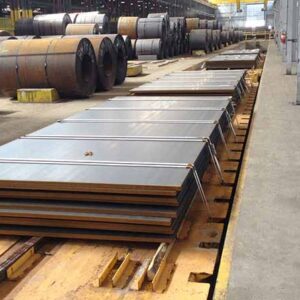
S355G10+N – Offshore Steel Plate
Read more -
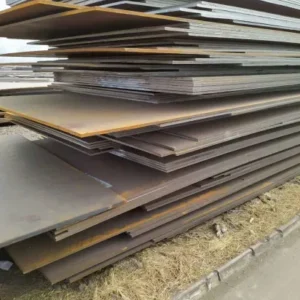
S355G3+N – Offshore Steel Plate
Read more -
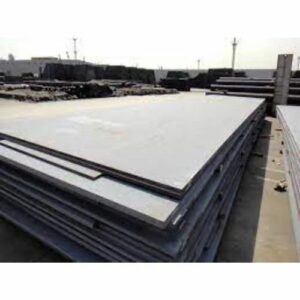
S355G8 – Offshore Steel Plate
Read more -
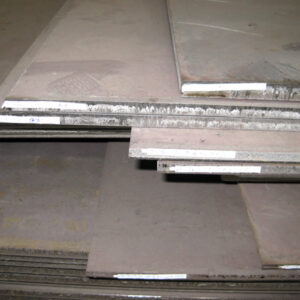
S355G8+N – Offshore Steel Plate
Read more -

S460G2+Q – Offshore Steel Plate
Read more

